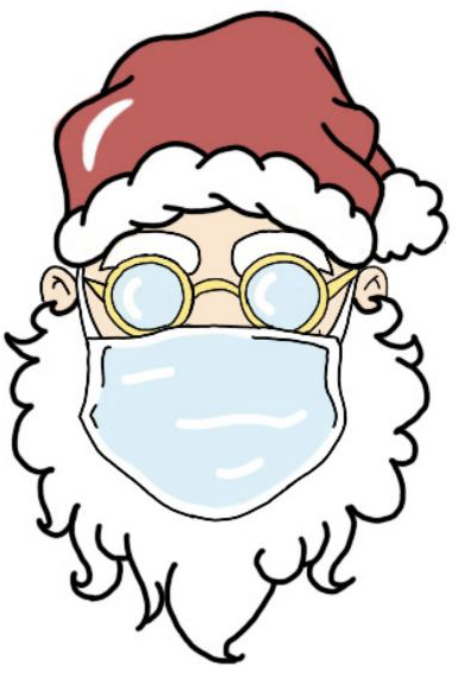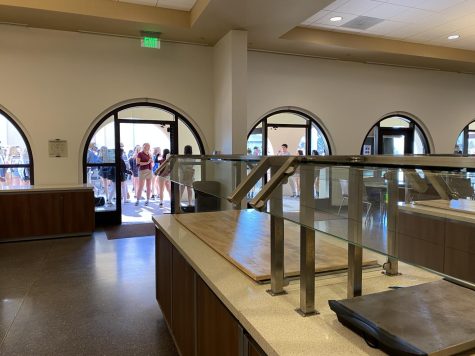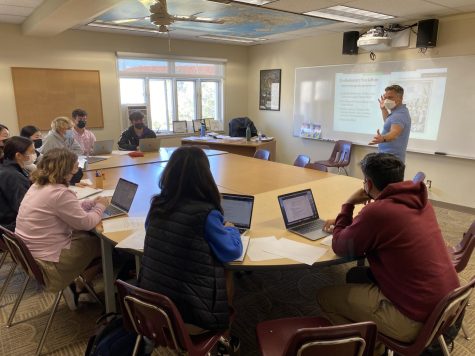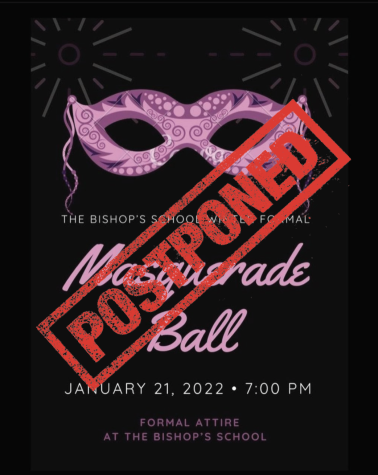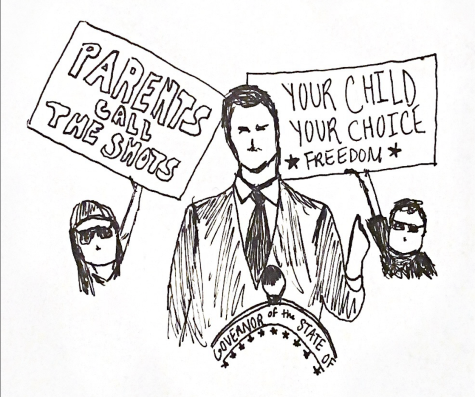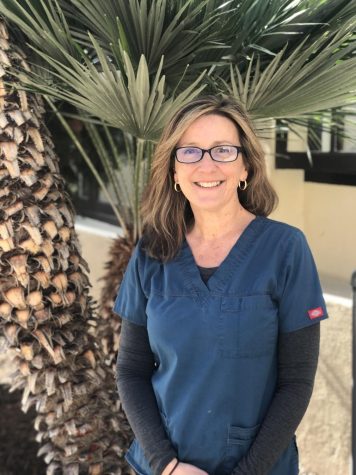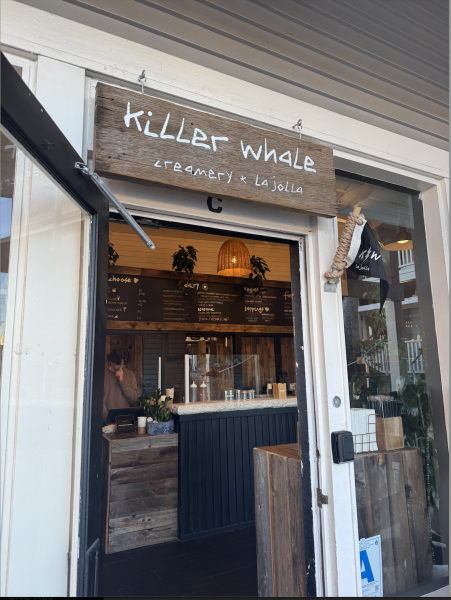A Dark, Dark Holiday
Analyzing and Comparing Post-celebration Pandemic Trends
As colorful lights adorn bare fir trees, as the weather drops a few frosty degrees, as the ghost of Thanksgiving still lives on, the holiday season arrives. Due to the current state of the world, it is safe to assume that the celebrations this year will be different. However, end-of-year festivities have always been a fond tradition for many, so how will individuals cross the line of safety for a merry taste of Christmas?
According to Centers for Disease Control and Prevention (CDC) travel considerations, traveling increases the chance of getting and spreading COVID-19. Staying home is the best way to protect yourself and those around you. Those who did travel should quarantine themselves and get tested for the coronavirus as cases surge in the United States. “Traveling is definitely not a good idea,” explained Dorien Zhang (‘23). “The number of cases has increased dramatically a couple of weeks after the holidays.”
Thanksgiving travel was far lighter than pre-pandemic times. However, US air travel reported its highest numbers since mid-March over the holidays, which leaves out millions of Americans traveling by car to join family and friends at the dinner table. More people passed through airport security checkpoints during the Sunday after the celebration than on any other single day since the pandemic limited air travel, according to the Transportation Security Administration (TSA). It was announced that TSA had screened 1.17 million passengers that day as countless individuals head home from their Thanksgiving travels. That is 41% of the 2.9 million people screened by the TSA on the same day in 2019. Thanksgiving 2019 had set a TSA record.
It should be noted that there are lagging indicators to the results of prior transmission: an incubation period. It will take a few days for those who get infected to start feeling sick, to get tested, and to get their results back. It will be a few weeks or so before people who get sick enough to need hospital care show up in emergency departments. And it could be another few weeks after that before the seriously ill die, and a bit longer before those deaths are recorded in official tallies. Despite the timeline, we are starting to see an alarming post-Thanksgiving COVID spike.
Across all U.S. airports, 830 TSA workers currently have active COVID-19 infections. That’s a 38% increase since Thanksgiving Day. In the past two weeks, the TSA has recorded new cases at a surprising 97 airports in the United States. According to the COVID Tracking Project, the seven-day average line presents December 11 as the day with the most US daily cases. With more than 234,800 cases, this day marks approximately two weeks after Thanksgiving day.
The number of American deaths inches closer and closer to 300,000. And experts say the worst is yet to come.
Furthermore, multiple COVID-19 variants are circulating globally. In the United Kingdom, a new variant has emerged with an unusually large number of mutations. According to the CDC, this variant seems to spread more easily and quickly than other variants. Currently, there is no evidence that it causes more severe illness or increased risk of death. This variant was first detected in September 2020 and is now highly prevalent in London and southeast England. Hitting closer to home, as of January 8, there has been 1 confirmed case in New York and Georgia, 2 confirmed cases in Colorado, 22 confirmed cases in Florida, and, direly, 26 confirmed cases in California.
Despite being just a few weeks later after Christmas and New Years’, signs are already foreshadowing an upcoming infection spike. More than 19,000 new cases were counted in L.A. County on New Year’s Day, and 16,603 more joined them on Saturday, according to Los Angeles Times. Those are the third-highest and fifth-highest counts for a single day.
On December 11, 2020, the FDA granted emergency use authorization (EUA) to an mRNA COVID-19 vaccine developed by Pfizer and BioNTech. This should be great news. However, there are still certain individuals who believe that with this new vaccine, it is impossible for them to ever contract the disease or lose their lives because of this sickness — spurring ignorant carelessness. “This is just proof of how little regard people have for the virus,” said Dorien. “This apathy is likely due to the announcement of the vaccine. But what people fail to understand is that the existence of a vaccine isn’t a reason to live life like it used to be.” No vaccine is 100% effective, and the makers of coronavirus vaccines are still evaluating whether the shots protect against all infections or just those that cause symptoms.
Through analyzing case trends after holidays such as Thanksgiving, Christmas, and New Years’ Day, it is evident that there is a pattern. And that pattern continues to worsen as people disregard restrictions and put their celebrations above their health. “From one perspective, I understand that because people want to see their friends and family during the holiday season,” Kasie Leung (‘23) said. “but that doesn’t make it right. It might seem like the impact is trivial if you think you’re the only one who’s decided to see their family over the holidays, but the impact is huge if everyone does it.” Wear a mask, practice social distancing, and let’s not fail the test of our lifetimes.
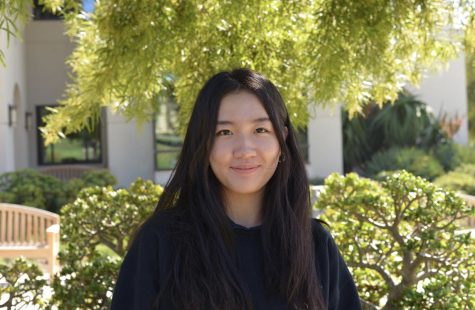
Crystal Li joined The Tower in her freshman year when she moved from Shanghai to San Diego in 2019. Now a senior, she fondly looks back on the four-year...


